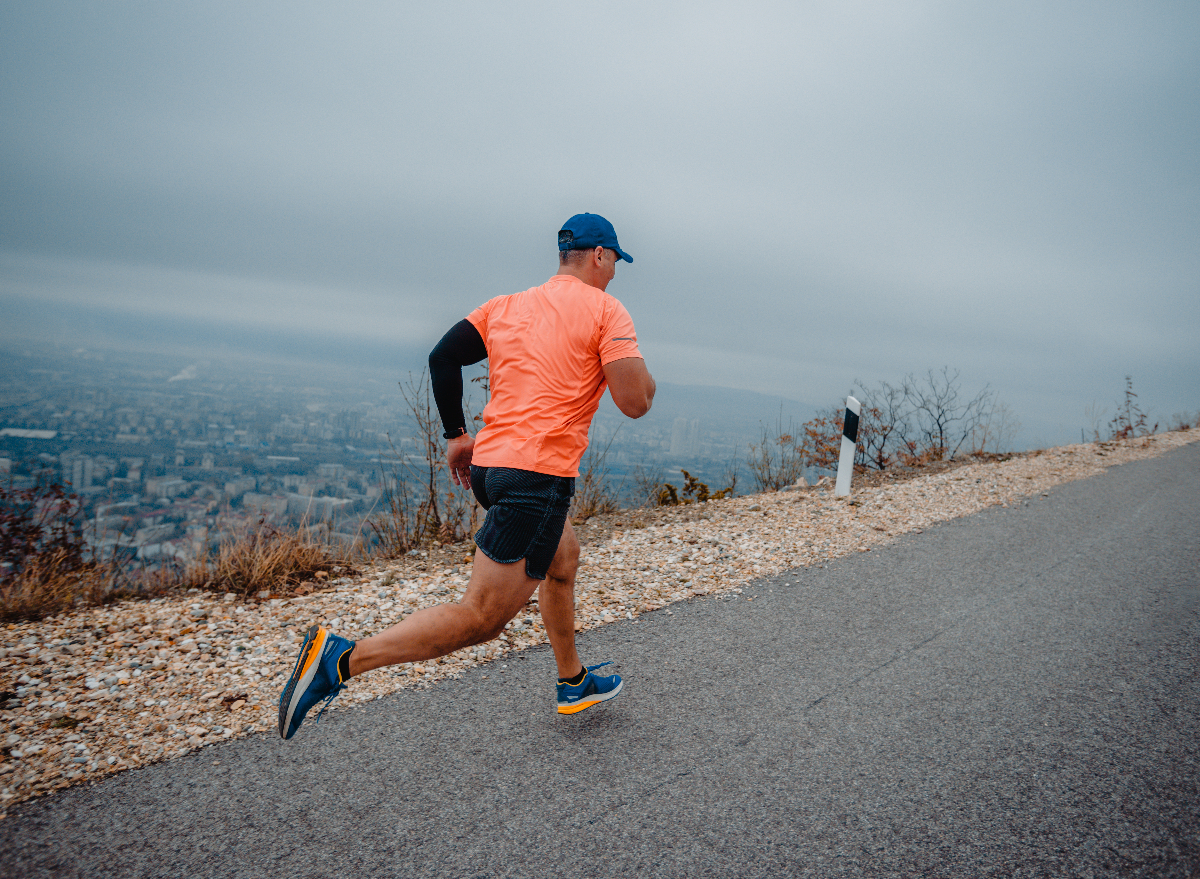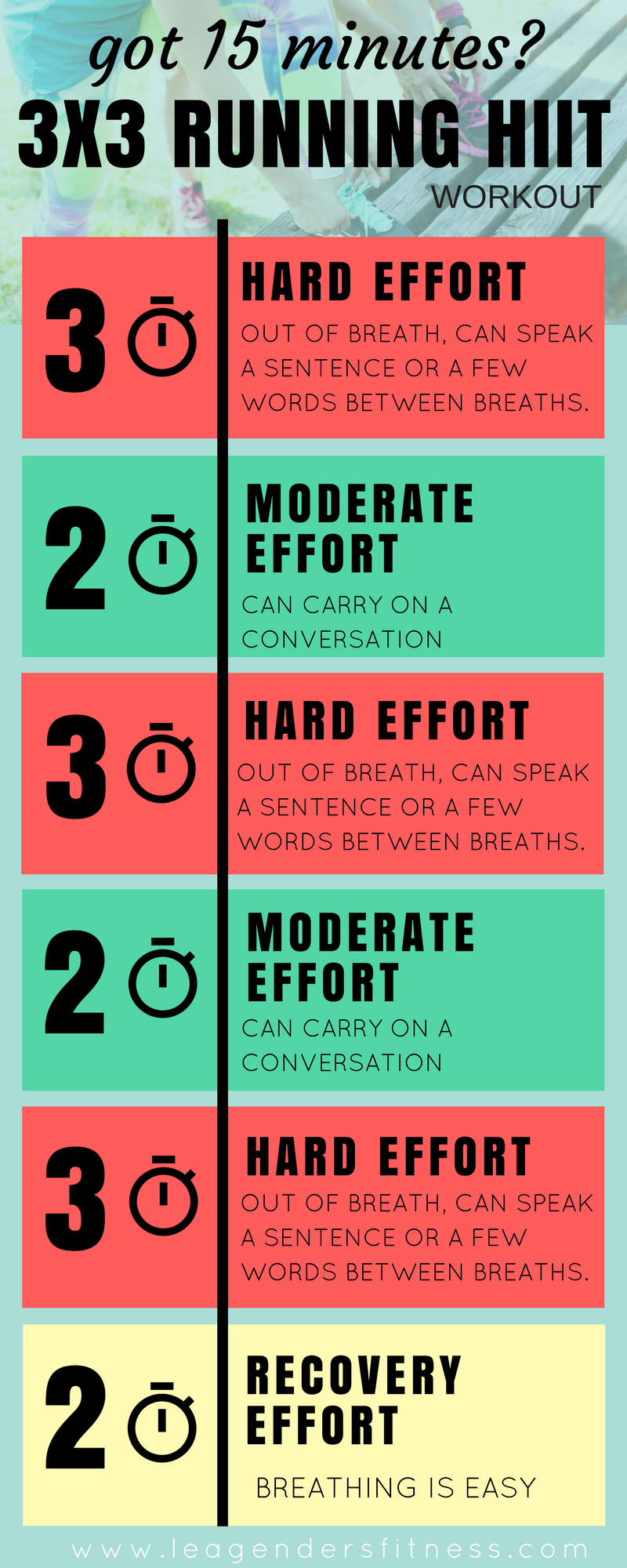Revamp Your Running Strategy: Tips for Improved Efficiency
Revamp Your Running Strategy: Tips for Improved Efficiency
Blog Article
Handling Typical Running Discomforts: Reasons, Solutions, and Avoidance
As joggers, we usually encounter various pains that can hinder our performance and enjoyment of this exercise. From the incapacitating discomfort of shin splints to the bothersome IT band disorder, these typical running pains can be discouraging and demotivating. Comprehending the causes behind these conditions is important in successfully resolving them. By checking out the root reasons for these running pains, we can reveal targeted remedies and preventative actions to guarantee a smoother and a lot more satisfying running experience (this page).
Common Running Pain: Shin Splints
Shin splints, a typical running pain, often result from overuse or improper shoes during physical task. The recurring stress and anxiety on the shinbone and the tissues affixing the muscle mass to the bone leads to swelling and discomfort.
To prevent shin splints, individuals must slowly enhance the strength of their workouts, wear appropriate footwear with correct arch support, and preserve versatility and toughness in the muscles surrounding the shin (running strategy). Furthermore, integrating low-impact tasks like swimming or cycling can aid maintain cardio health and fitness while enabling the shins to heal.
Typical Running Pain: IT Band Syndrome
Along with shin splints, one more widespread running pain that athletes commonly run into is IT Band Syndrome, a condition triggered by swelling of the iliotibial band that leaves the external thigh and knee. IT Band Syndrome typically materializes as discomfort on the exterior of the knee, particularly throughout activities like running or biking. The iliotibial band is a thick band of fascia that attaches the hip to the shin, and when it ends up being irritated or limited, it can rub versus the thigh bone, leading to pain and pain.
Runners experiencing IT Band Syndrome might discover a stinging or hurting sensation on the external knee, which can aggravate with ongoing task. Elements such as overuse, muscular tissue discrepancies, improper running kind, or inadequate warm-up can add to the development of this condition.
Usual Running Pain: Plantar Fasciitis

Plantar Fasciitis can be connected to different factors such as overtraining, inappropriate footwear, running on tough surfaces, or having high arcs or flat feet. To prevent and minimize Plantar Fasciitis, joggers can include extending exercises for the calf bones and plantar fascia, use encouraging footwear, keep a healthy weight to reduce stress on the feet, and progressively raise running intensity to avoid sudden stress on the plantar fascia. If symptoms linger, it is suggested to consult a medical care professional for proper diagnosis and treatment alternatives to attend to the condition effectively.
Common Running Discomfort: Jogger's Knee
After addressing the difficulties of Plantar Fasciitis, one more common concern that runners usually encounter is Jogger's Knee, a common running discomfort that can impede athletic efficiency and trigger discomfort throughout physical activity. Runner's Knee, additionally called patellofemoral pain disorder, manifests as discomfort around or behind the kneecap. This condition is frequently credited to overuse, muscle mass imbalances, inappropriate running methods, or problems with the placement of the kneecap. Runners experiencing this discomfort may really feel a dull, hurting pain while running, rising or down stairways, or after long term periods of resting. To stop Jogger's Knee, it is important to include correct workout and cool-down routines, keep strong and balanced leg muscular tissues, put on suitable shoes, and progressively enhance running strength. If symptoms linger, seeking recommendations from a healthcare expert or a sporting activities medicine expert is recommended to identify the underlying reason and develop a tailored therapy strategy to minimize the discomfort and stop further complications.
Common Running Pain: Achilles Tendonitis
Typically afflicting runners, Achilles Tendonitis is a painful condition that affects the Achilles tendon, causing discomfort and potential limitations in exercise. The Achilles tendon is a thick band of tissue that links the calf muscles to the heel bone, important for activities like running, jumping, and walking - excellent idea. Achilles Tendonitis usually develops because of overuse, incorrect shoes, insufficient extending, or abrupt rises in physical task
Signs of Achilles Tendonitis include discomfort and tightness along the tendon, specifically in the morning or after durations of lack of exercise, swelling that intensifies with task, and perhaps bone spurs in persistent situations. To avoid Achilles Tendonitis, it is essential to extend correctly before and after running, use suitable shoes with appropriate support, progressively enhance the strength of exercise, and cross-train to lower top article repeated stress on the ligament.
Conclusion

Report this page